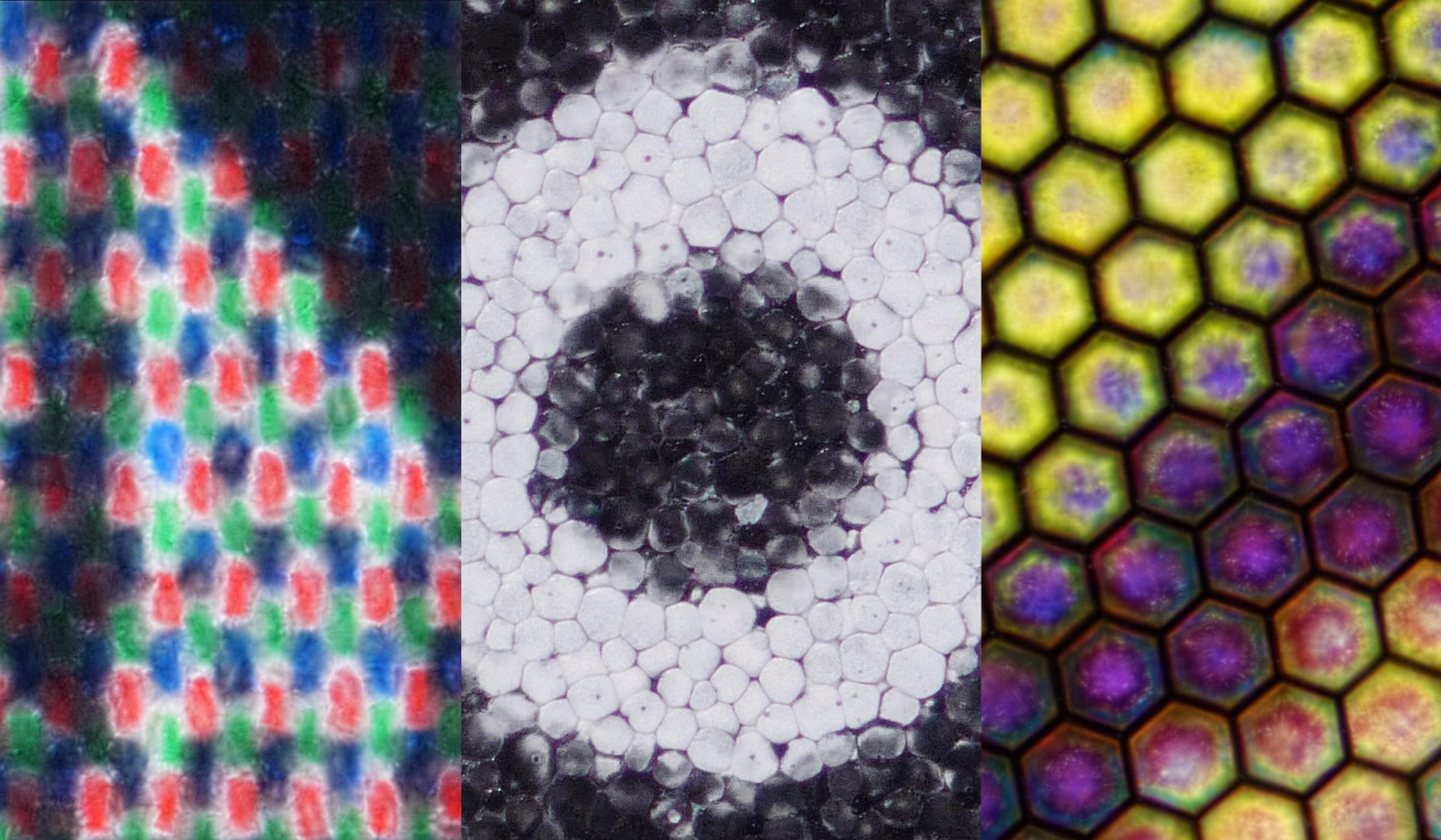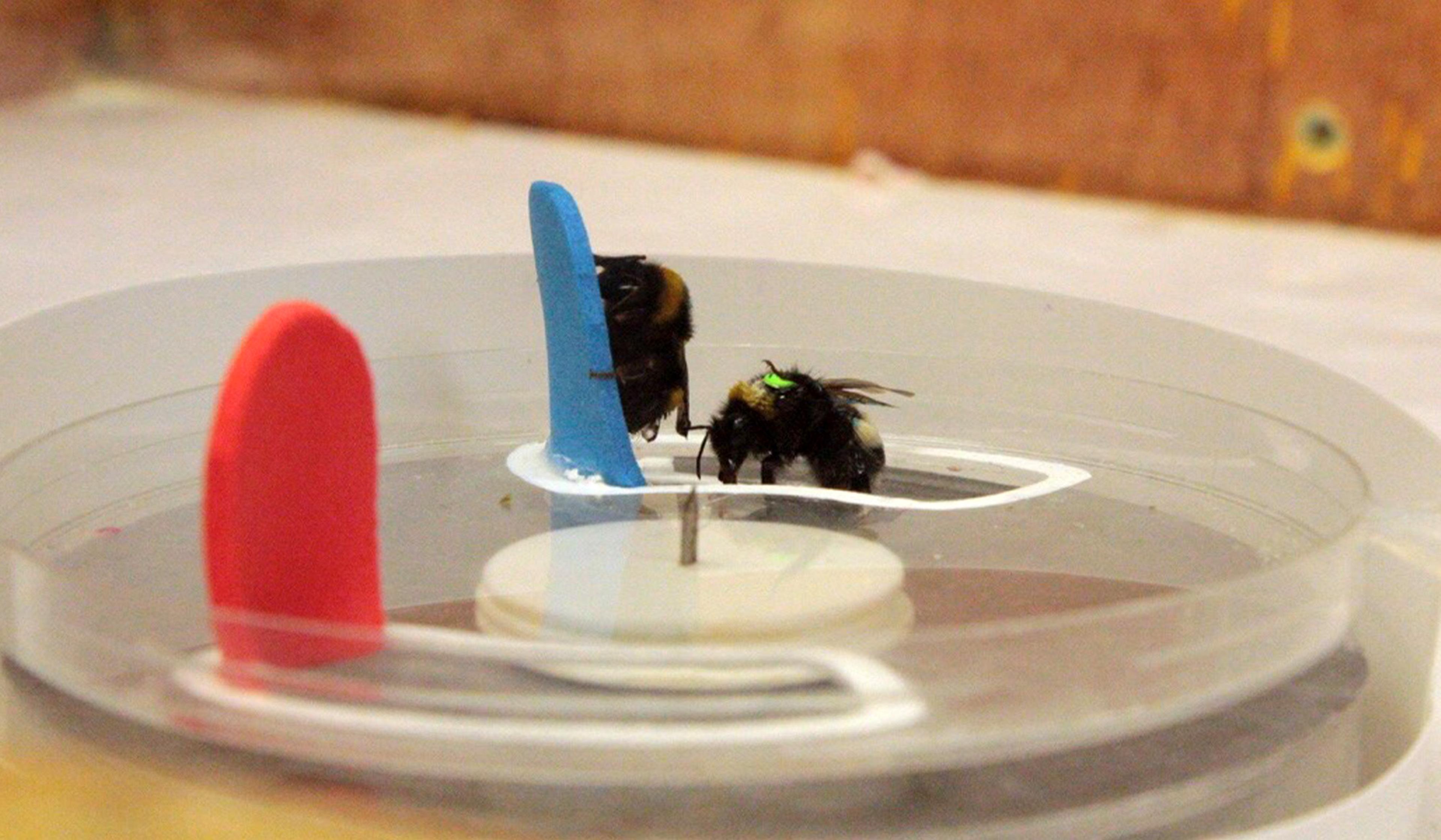Symmetry rules life on Earth – but it comes with many fascinating exceptions
Symmetry is so fundamental to multicellular life that it can be easy to overlook. In fact, symmetry only seems to stand out in the notable instances where it’s quite obviously broken, such as in the case of the male fiddler crab, which possesses one smaller claw and an opposite claw that’s many times larger. In this short video, Laila Moubayidin, a Royal Society University Research Fellow at the John Innes Centre in Norwich, England, discusses why symmetry came to dominate life on Earth, and how many complex life forms, such as humans, transitioned from radial to lateral symmetry. Moubayidin also breaks down how life forms can evolve to break symmetry once they’ve established it, how some animals possess different degrees of symmetry across a lifetime, and the many ways in which humans lack perfect symmetry.
Video by the Royal Society

video
Chemistry
Why do the building blocks of life possess a mysterious symmetry?
12 minutes

video
Cosmology
Tiny, entangled universes that form or fizzle out – a theory of the quantum multiverse
11 minutes

video
Rituals and celebrations
A beginner’s guide to a joyful Persian tradition of spring renewal and rebirth
3 minutes

video
Astronomy
The history of astronomy is a history of conjuring intelligent life where it isn’t
34 minutes

video
Metaphysics
Simple entities in universal harmony – Leibniz’s evocative perspective on reality
4 minutes

video
Biography and memoir
Passed over as the first Black astronaut, Ed Dwight carved out an impressive second act
13 minutes

video
Engineering
A close-up look at electronic paper reveals its exquisite patterns – and limitations
9 minutes

video
Biography and memoir
The unique life philosophy of Abdi, born in Somalia, living in the Netherlands
29 minutes

video
Cognition and intelligence
What’s this buzz about bees having culture? Inside a groundbreaking experiment
8 minutes